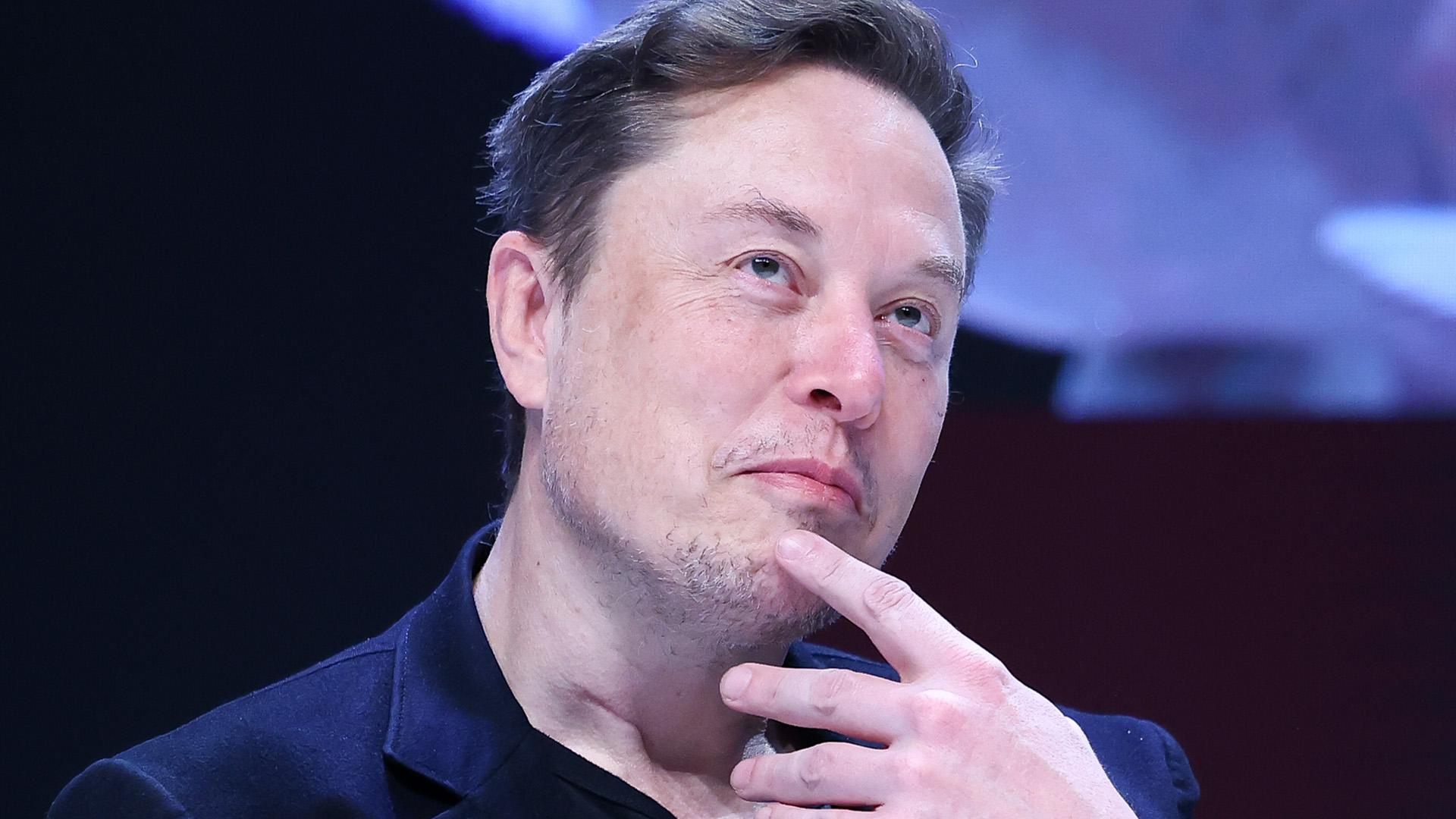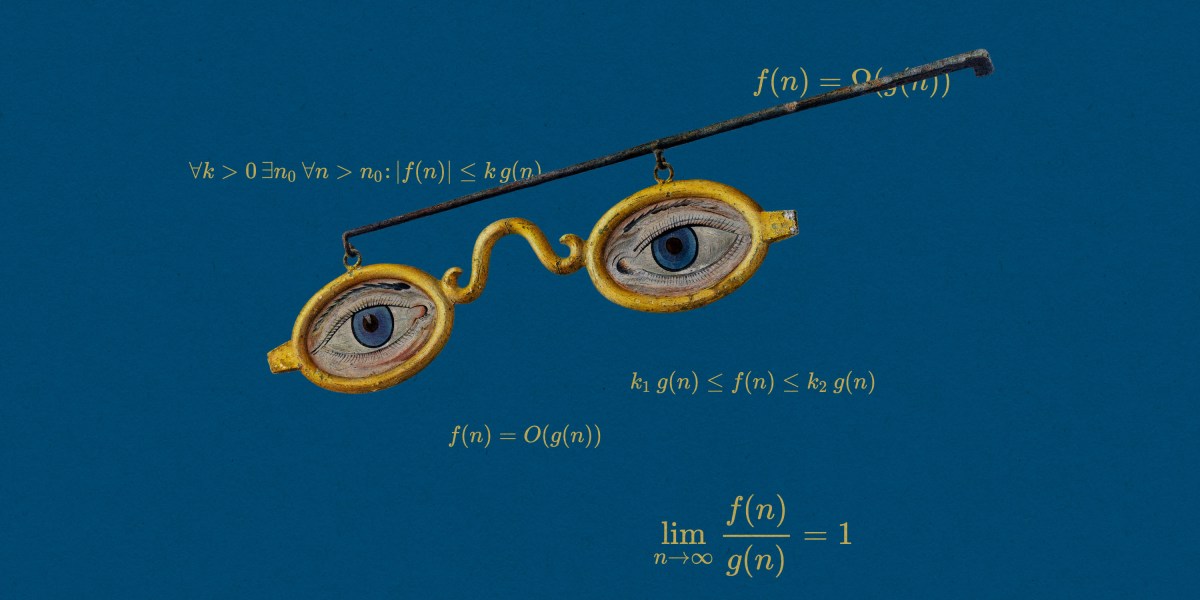ELON Musk has promised free connectivity to Starlink satellites from anywhere in the world – but users are not convinced he will follow through with his promises.
The controversial technocrat has made strides with Starlink, a satellite network that provides broadband-level connectivity to users across the globe.
3

3
The SpaceX subsidiary boasts over 6,000 spacecraft and partnered with T-Mobile to launch Direct to Cell service on smartphones registered to the network.
Starlink’s feats have been widely circulated and sensationalized, including the story about a remote tribe that connected to the internet for the first time.
Traditionally, smartphones connect to cellular networks, enabling users to send texts, surf the internet, and more.
However, in sparsely inhabited regions with few cell towers in sight, you may not be able to get service.
READ MORE ON EMERGENCY SOS
This is where Starlink comes in. The satellites beam signals down from space, making them a lifeline in situations where, say, you’re hiking in the wilderness and get injured.
In a post to X, formerly Twitter, on Tuesday, Musk made a bold and unprecedented claim: Starlink would provide emergency services at no added cost.
“After thinking it through, SpaceX Starlink will provide emergency services access for mobile phones for people in distress for free,” the tech tycoon wrote.
“This applies worldwide, subject to approval by country governments. Can’t have a situation where someone dies because they forgot or were unable to pay for it.”
Apple was the first to offer emergency satellite connectivity last year, with rivals like Google following in its footsteps.
This begs the question: why use Starlink if your phone has an identical tool already built in?
In Apple‘s case, there’s a catch. The feature is free for two years on the iPhone 15 or later, while iPhone 14 users receive three years if they activated their device before November 15, 2023.
While the feature has yet to arrive with the rollout of Android 15, a code breakdown revealed clues about a feature called “Satellite SOS” that will also be free for two years.
If Musk were to stay true to his word, this would put Starlink leaps and bounds ahead of its competitors.
But users don’t expect the technocrat’s promise to hold up.

3
“Presumably it’ll only be free until it reaches critical mass then operational costs will be cited to get governments or service providers to pony up,” one Reddit user wrote.
Others pointed to Musk’s history of grandiose promises that didn’t come to fruition.
“The chances of this actually happening are near 0 but I guess we’ll see,” one Redditor wrote.
“It’ll happen as soon as the Cybertruck is able to sail across small bodies of water,” another quipped.
It is worth noting Starlink won’t keep you connected everywhere.
Like cell towers, satellites are above-ground – meaning you will have to put up with spotty service on the subway for the foreseeable future.
Starlink: a brief summary
Starlink is a satellite internet constellation project developed by SpaceX, the space company founded by Elon Musk.
The company aims to provide high-speed, low-latency internet access across the globe, particularly in areas where traditional broadband is unavailable or unreliable.
Here’s how it works:
- Satellite Constellation: Starlink consists of thousands of small satellites orbiting the Earth in low Earth orbit. These satellites work together to create a network that can provide internet coverage to various regions.
- Ground Stations: Along with the satellites, ground stations and user terminals (dish antennas) connect to the satellites and provide internet service to users on the ground.
- User Terminals: Customers use a satellite dish, known as a Starlink dish, to connect to the satellite network. The dish automatically aligns itself to communicate with the satellites overhead.
- Speed and Latency: Starlink aims to offer high-speed internet with relatively low latency compared to traditional satellite internet services, which often suffer from high latency due to their satellites being in higher orbits.




